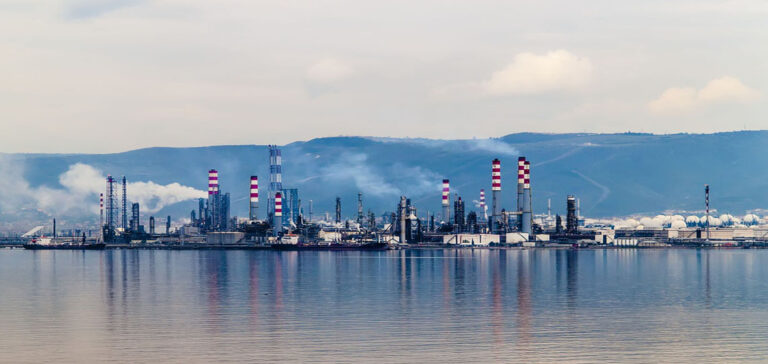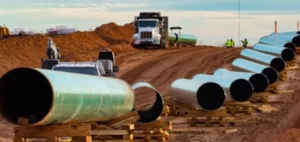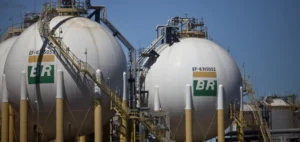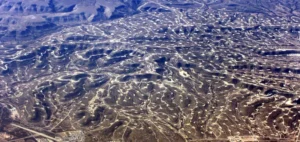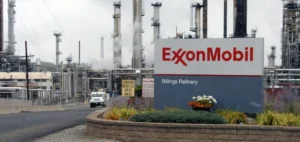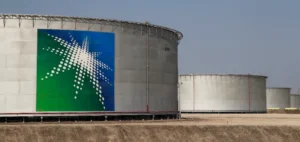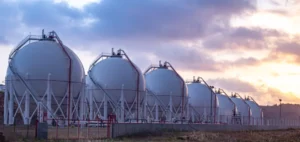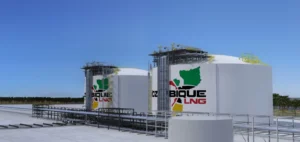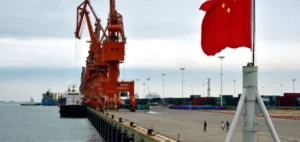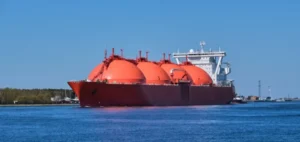As France’s main energy supplier in 2022, the United States has consolidated its position, surpassing Norway and Russia. This trend is the result of several factors, including the impact of the war in Ukraine and price fluctuations on the global energy market. In this article, we take a closer look at the key energy data for the year 2023 and its impact on France’s energy independence.
The United States tops the list of energy suppliers
In 2022, the United States took first place as France’s energy supplier, accounting for 25% of all gross imports. Norway ranks second, with 22%, followed by Russia at 15%. This dynamic was largely influenced by the situation in Ukraine and tensions over energy supplies.
Natural gas imports grew significantly in 2022. They are largely due to increased imports of liquefied natural gas (LNG), some of which is destined for other countries after regasification. The USA has been able to become the main supplier thanks to its massive production of LNG, mainly from shale gas.
The impact on prices
The question of Europe’s future energy supplies is now being raised, particularly in relation to the United States. Europe’s massive supply of American LNG has pushed up gas prices in the United States. The results of the 2024 elections in the United States could have an impact on this situation.
By 2022, France’s energy bill has almost tripled, reaching a record level. High oil and gas prices, and a shortfall in nuclear power generation, have contributed to this increase. The energy bill has had a significant impact on France’s trade deficit.
Energy independence on the decline
Despite a slight drop in energy consumption in France in recent years, the country’s energy independence has fallen to 50%. The transport sector is the biggest energy consumer, followed by the residential sector, industry, the tertiary sector and agriculture.
The United States has consolidated its position as France’s main energy supplier in 2022. This decision has had a significant impact on the country’s energy bill and energy independence. The future of Europe’s energy supplies will depend in part on political developments in the United States.


